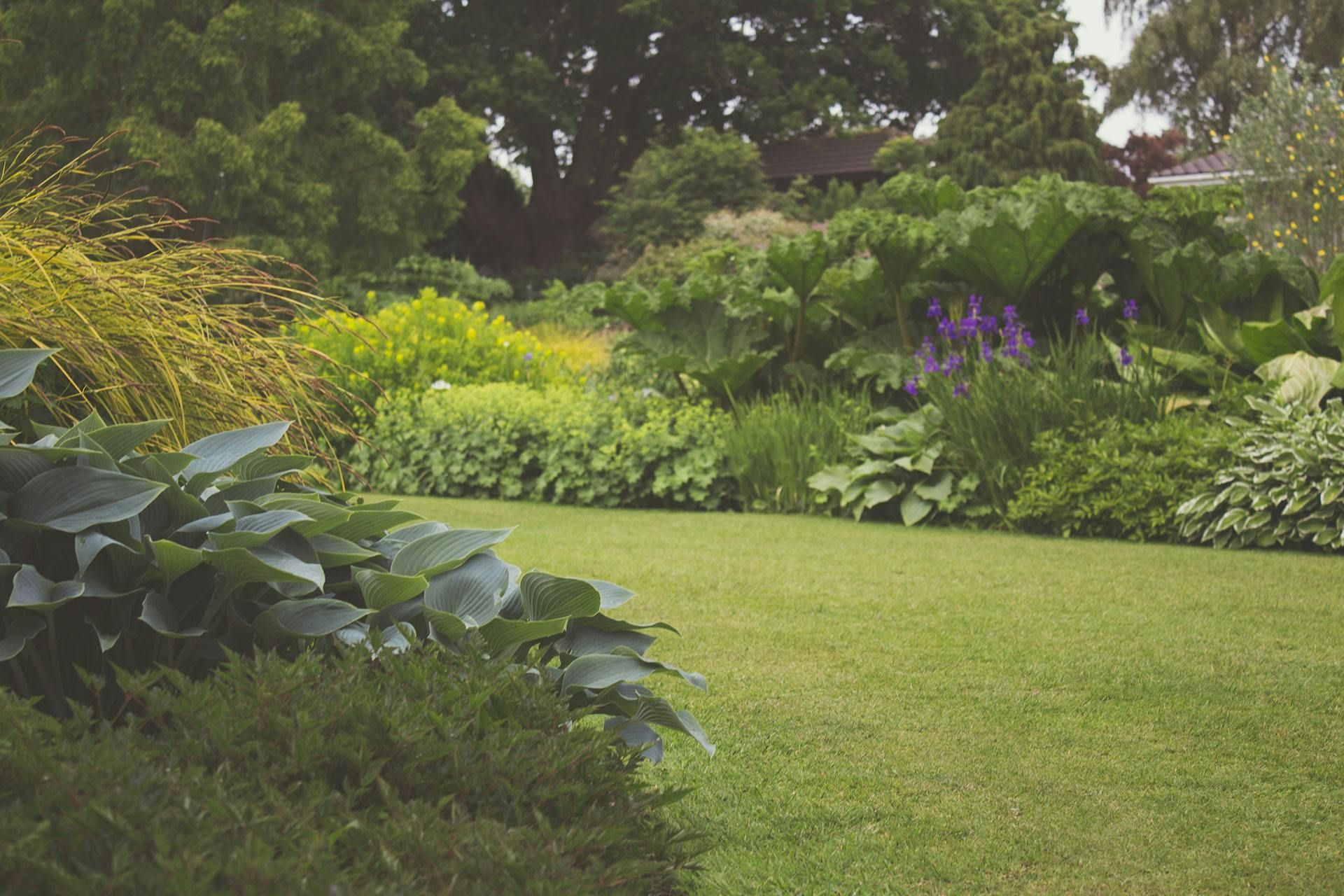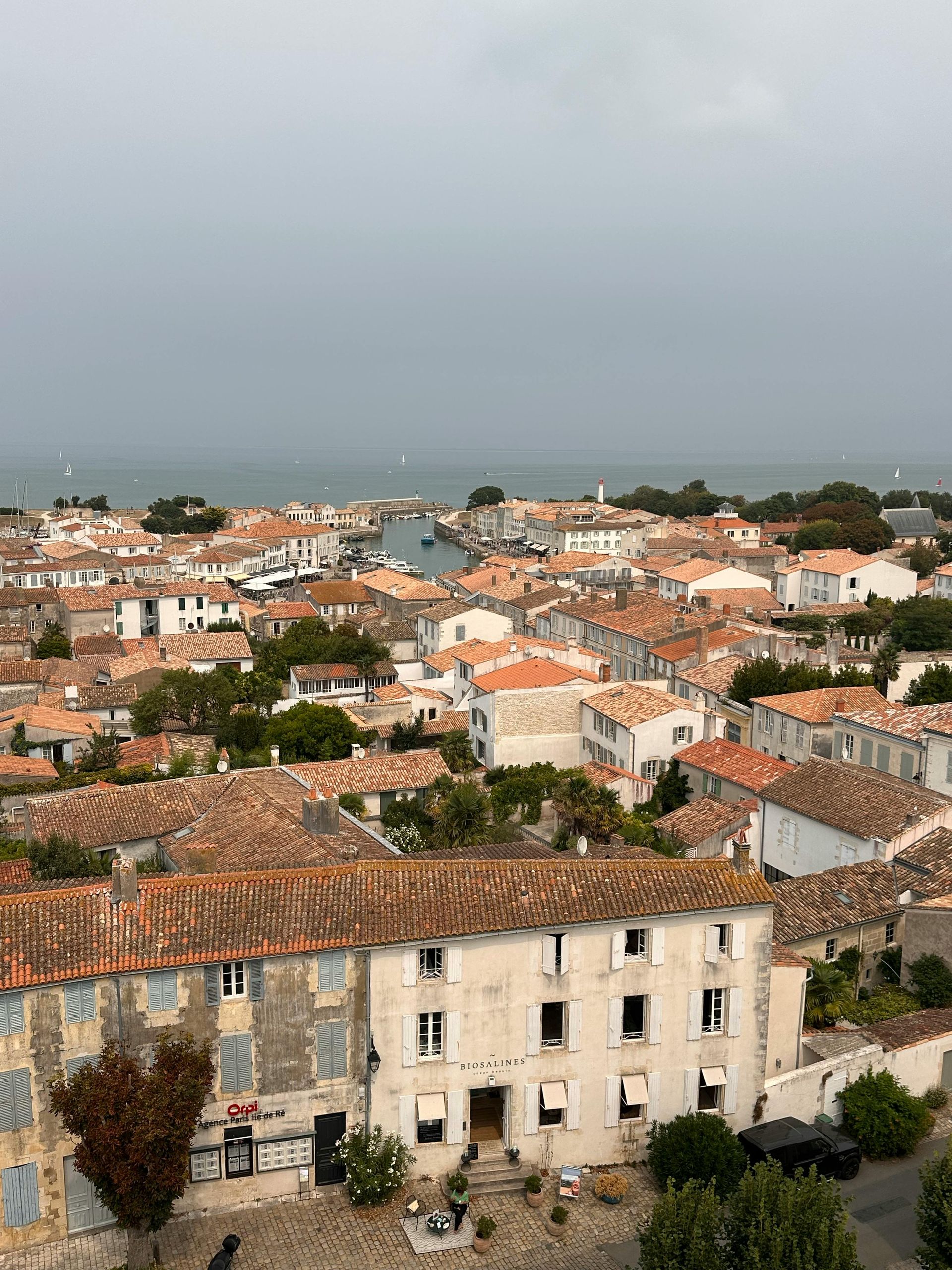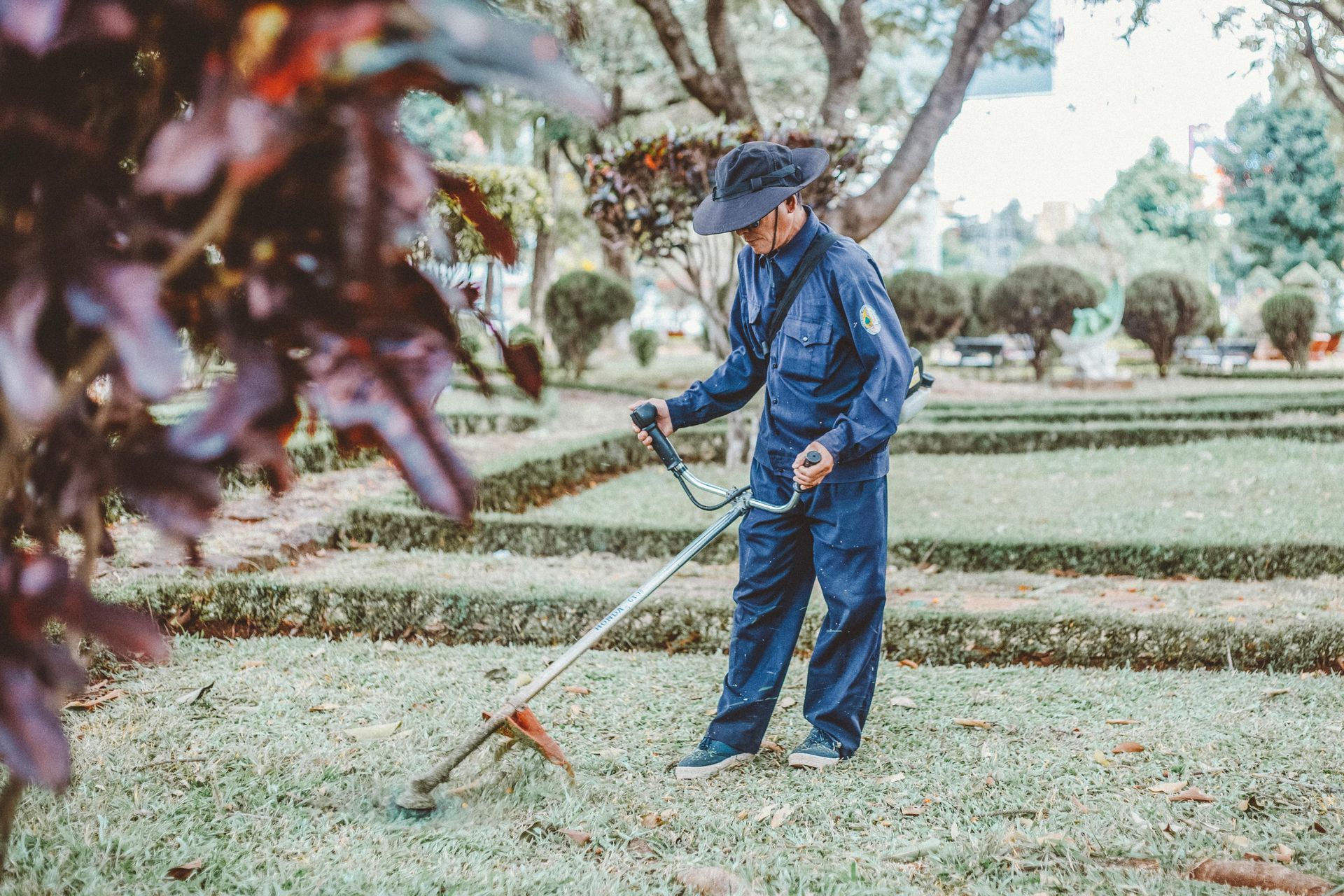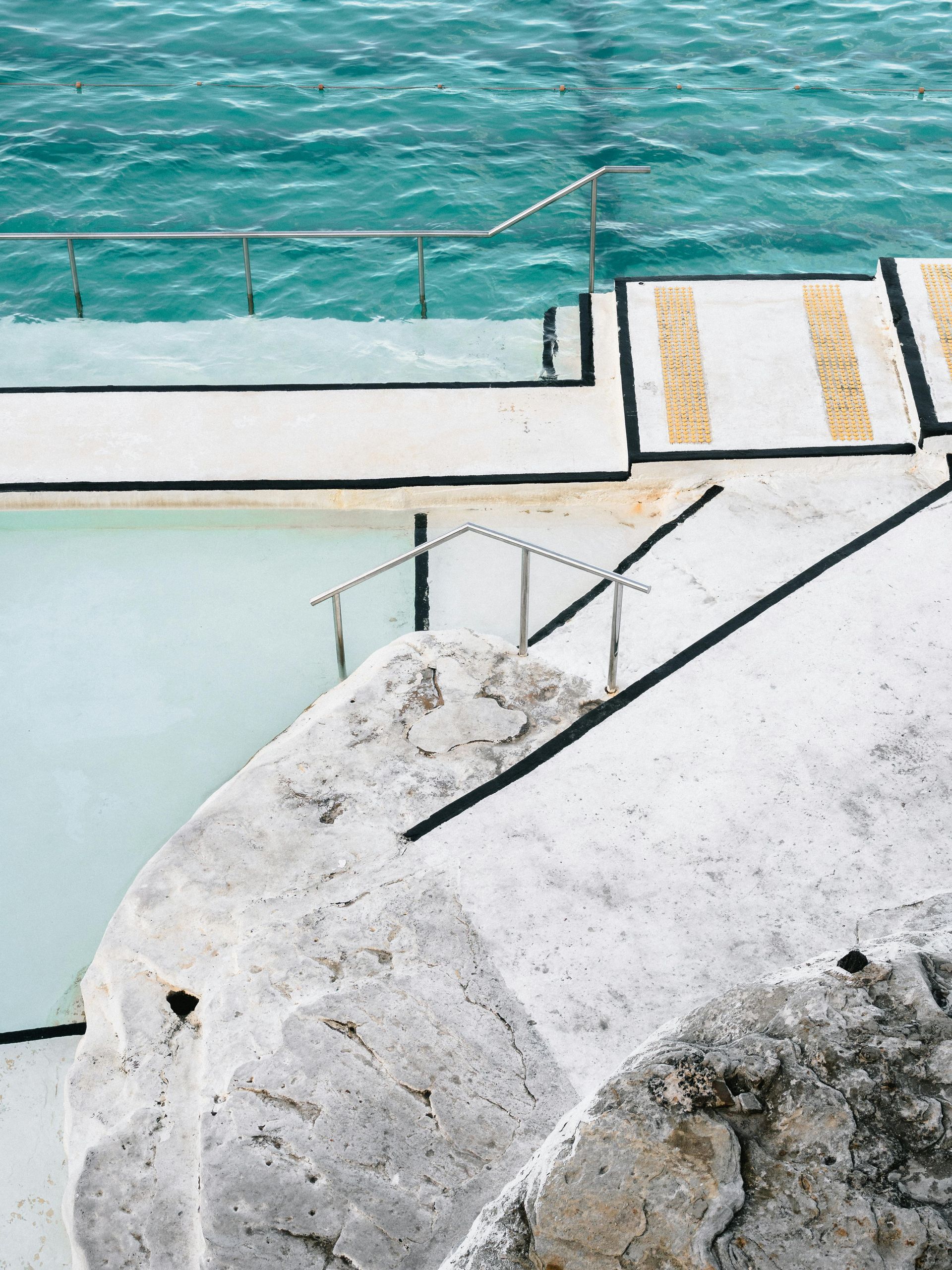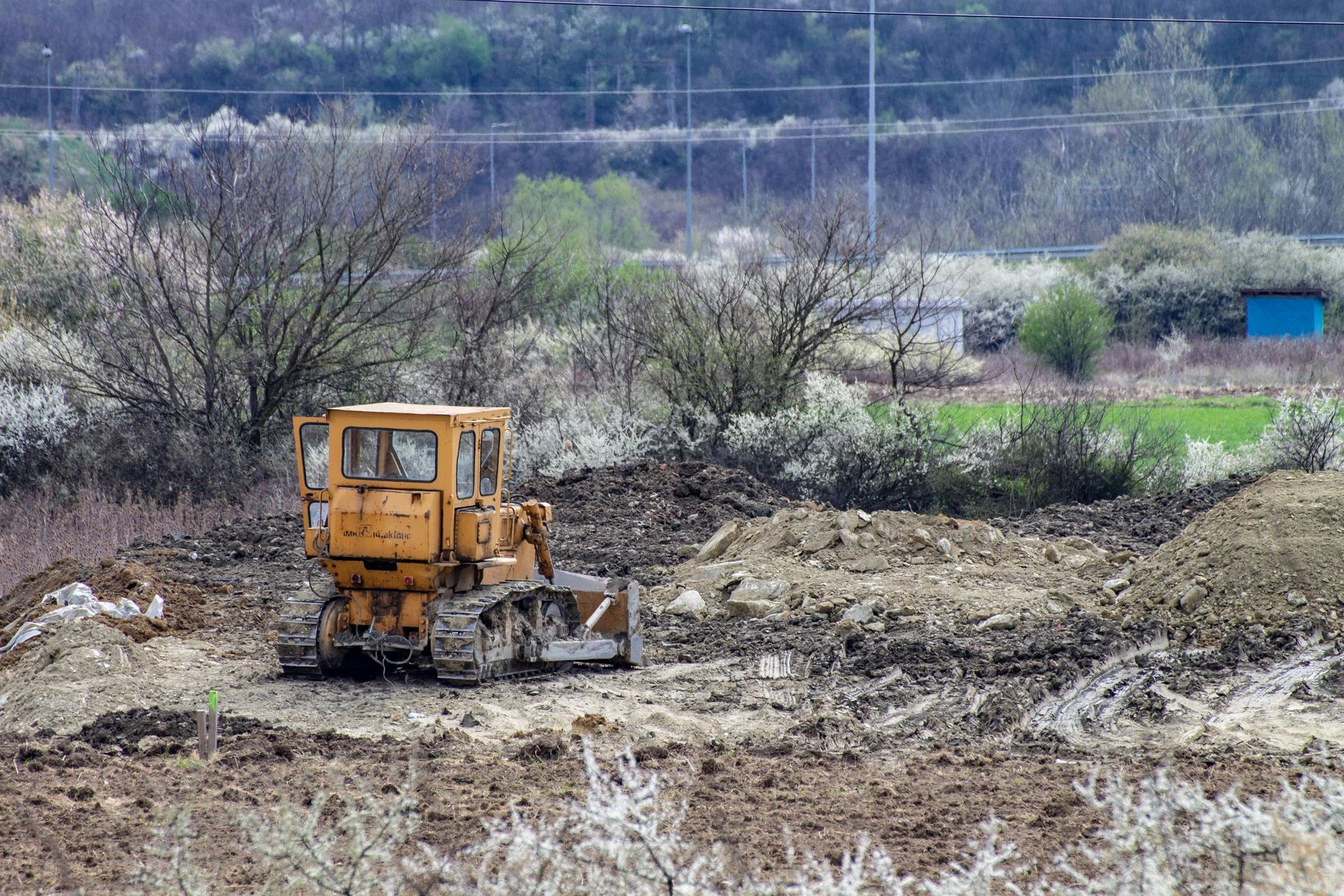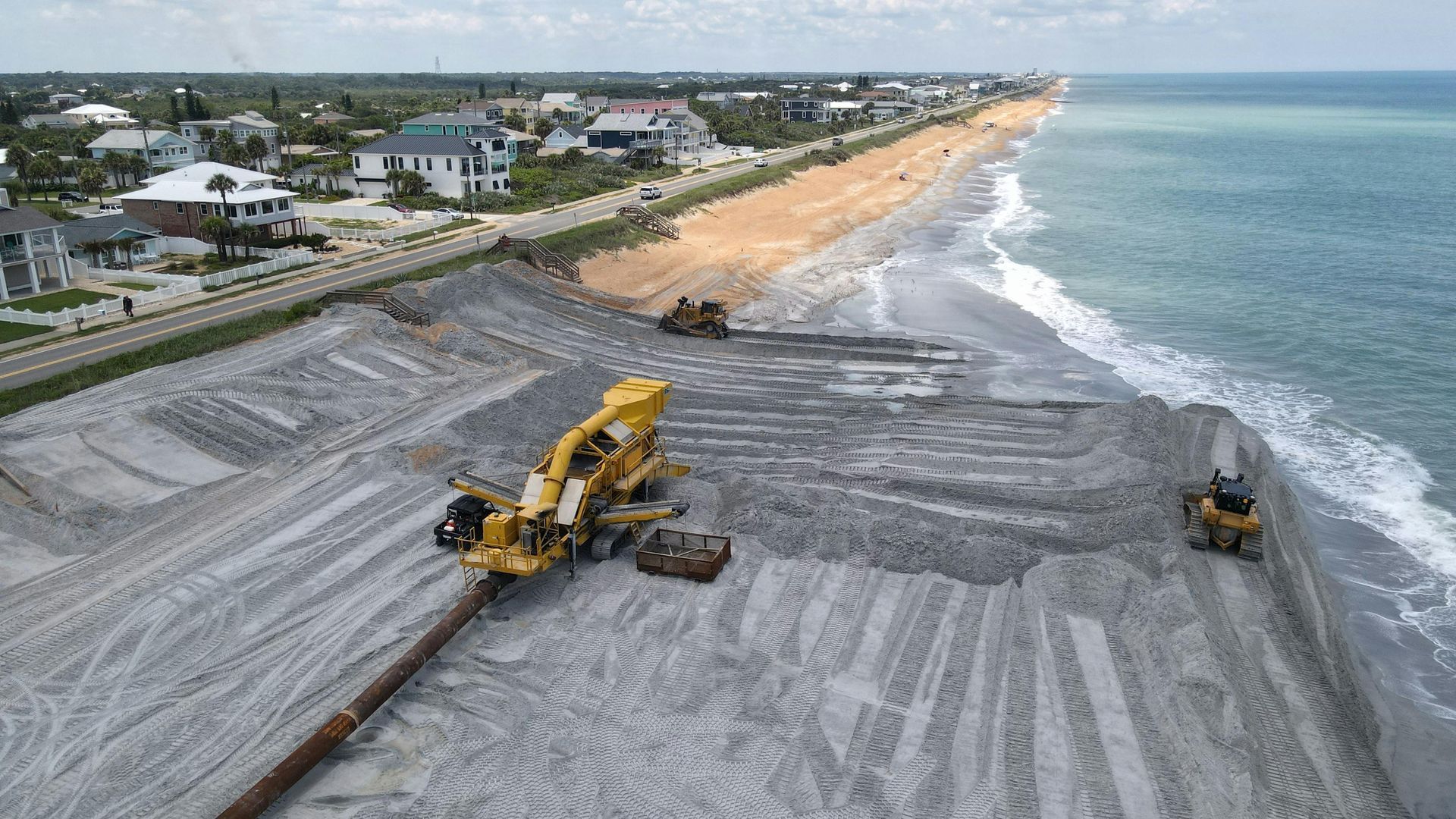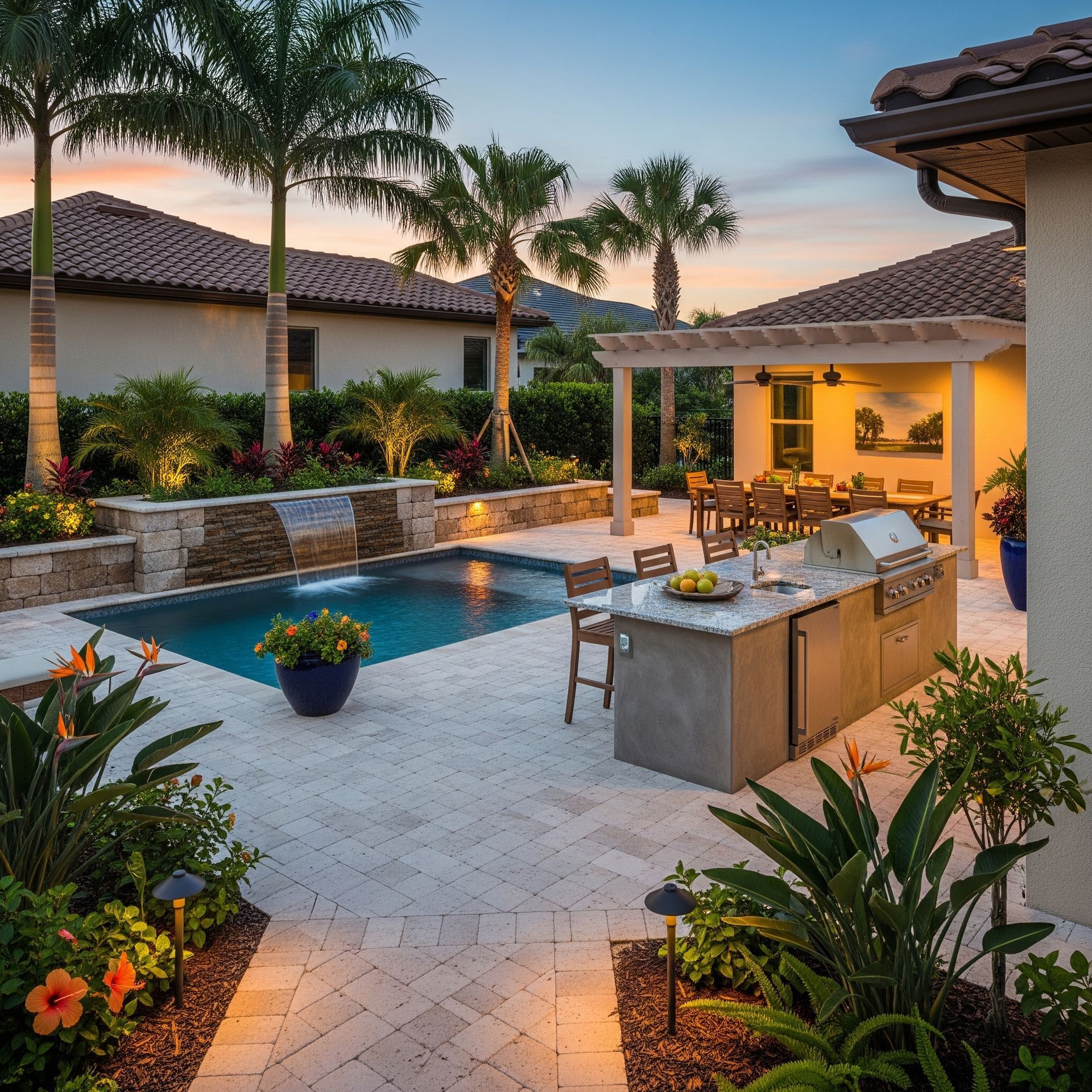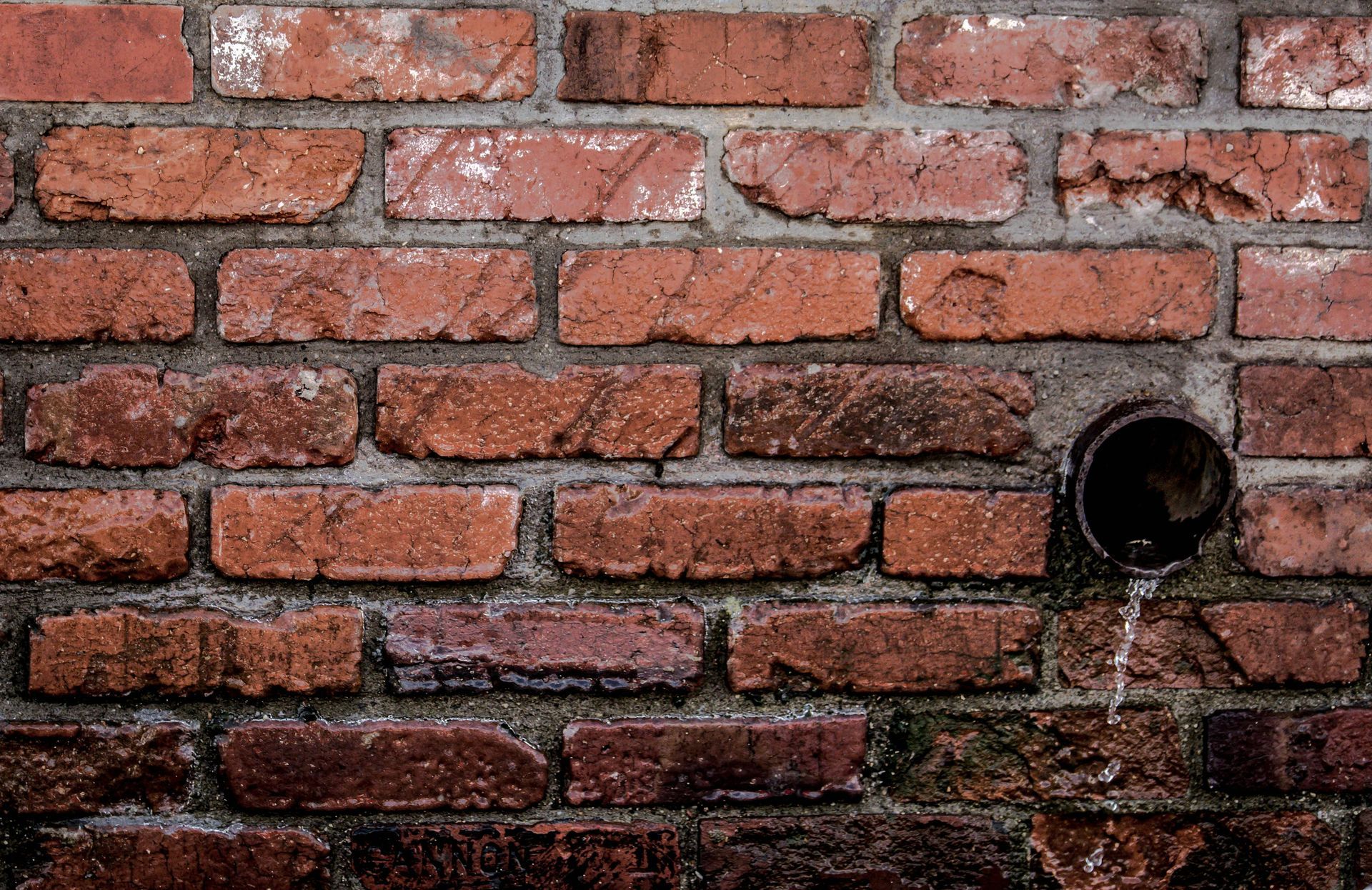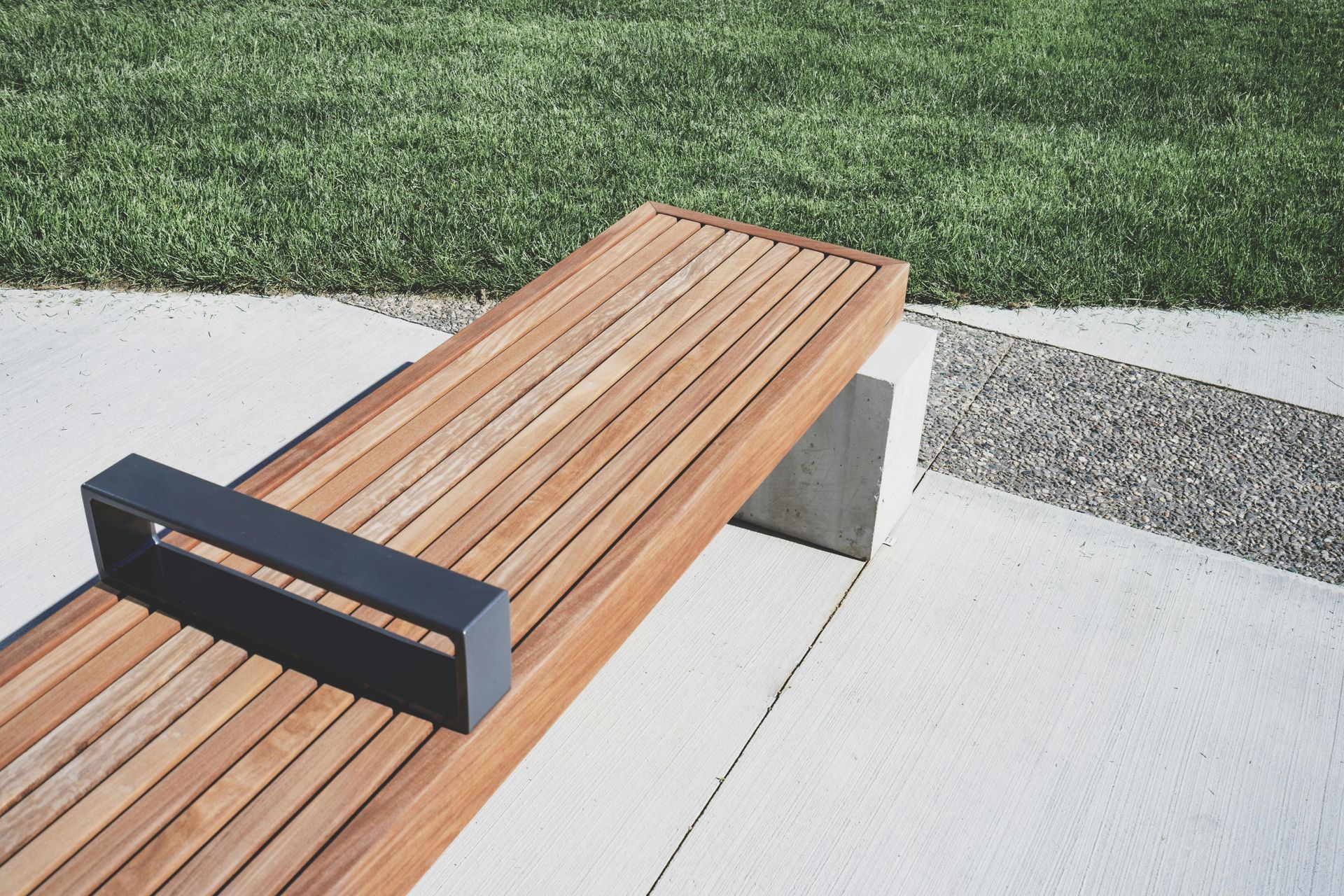Comparing Porch Materials for Seaside Properties
- Composite materials offer excellent salt resistance and require minimal maintenance, making them ideal for seaside porches.
- Wood porches provide natural charm but need frequent sealing and are prone to warping and rotting in coastal environments.
- Vinyl porches resist rot, warping, and peeling, and are easy to clean, offering a low-maintenance option with color variety.
- Concrete porches deliver strong durability and weather resistance, with various finishes for style and longevity of 10-15 years.
- Material choice balances upfront cost, maintenance effort, and aesthetic fit for coastal design styles and environmental exposure.
Wood Porches: Pros and Cons in Coastal Environments
Wood porches give seaside homes a timeless, cozy atmosphere. They fit beautifully into styles from rustic to modern and feel warm underfoot in a way synthetic materials can’t match. However, living by the coast means salt air, humidity, and sun constantly challenge wood’s durability. You’ll need to commit to regular sealing or staining to prevent warping, cracking, and rotting. For ideas on creating inviting outdoor spaces that suit coastal living, you might enjoy exploring these creative hardscape ideas for outdoor living. If you’re ready to invest the time and care, a wood porch can become a welcoming part of your coastal community.
Benefits of Composite Porch Materials by the Sea
For seaside homes, composite porch materials stand out for their coastal durability. They handle salt air and moisture far better than wood and offer low maintenance, letting you enjoy your porch without constant repairs. Composite materials resist warping, rotting, and insects, making them ideal for seaside properties. Choosing composite means your porch stays attractive and sturdy season after season.
Here’s a quick look at what makes composite porches stand out:
| Feature | Composite Porch | Traditional Wood |
|---|---|---|
| Coastal Durability | High resistance to salt | Prone to rot and decay |
| Maintenance | Low, no sealing needed | Requires frequent care |
| Appearance | Consistent, fade-proof | Natural but fades fast |
| Cost | Moderate upfront cost | Lower initial cost |
Vinyl Porches: Durability and Maintenance Near Saltwater
By the coast, vinyl porches bring plenty of benefits. Vinyl installation goes smoothly and quickly, avoiding long disruptions. Vinyl stands up to salt air without rotting, warping, or peeling, keeping maintenance low even during rough weather. Color options range from crisp whites to soft pastels, helping your porch blend seamlessly with a beachy vibe. Cleaning vinyl takes little effort—a simple wash keeps it looking fresh. For more inspiration on coastal landscapes that complement vinyl designs, check out ideas in Santa Rosa Beach landscaping trends. For a low-maintenance porch that stays stylish, vinyl makes an excellent choice for seaside properties.
Concrete Porches: Strength and Weather Resistance on the Coast
Though concrete porches might lack the warmth of wood or vinyl, they excel in strength and weather resistance, perfect for coastal homes. Concrete’s high load bearing capacity means it can handle heavy furniture or gatherings without trouble. Different surface finishes give you options for a sleek or textured look that resists chipping or fading. Along the coast, where wind, rain, and storms are common, concrete stays solid and requires minimal upkeep. It won’t warp or rot, making it a reliable option for seaside properties. To transform your entire outdoor area into a cohesive coastal retreat, consider exploring professional landscaping services that pair beautifully with concrete installations.
Impact of Salt Air on Porch Material Longevity
Living near the ocean brings constant exposure to salt air, which can be tough on building materials. Salt corrosion gradually damages surfaces, so choosing the right porch materials is essential for durability. Look for options that can handle the coastal environment without turning brittle or corroding quickly. Even smaller design choices, like using decorative rock or mulch, can help manage moisture and protect your porch area from coastal wear.
Here’s how common materials compare when exposed to salt air:
| Material | Salt Corrosion Resistance | Longevity Near Ocean |
|---|---|---|
| Wood | Low – absorbs salt, warps | 3-5 years |
| Aluminum | High – resists corrosion | 15-20 years |
| Composite | High – salt-resistant | 20+ years |
| Concrete | Moderate – can erode | 10-15 years |
| Stainless Steel | Very High – salt-proof | 25+ years |
Aesthetic Considerations for Seaside Porch Designs
Your porch design shapes the first impression of your seaside property. Colors like soft blues, sandy beiges, and crisp whites echo the coastal landscape and help your porch feel bright and inviting. Think about styles that fit your taste, whether it’s the relaxed charm of Cape Cod or a clean, modern coastal look. Combining materials, like weathered wood with smooth metals adds depth and texture without complicating the design.
Cost Comparison and Long-Term Value of Porch Materials
Choosing porch materials involves more than upfront cost—it’s about value over time. While natural wood offers beauty and warmth, it often requires higher initial investment and ongoing care. Composite decking may cost more to install but saves money in the long run due to resistance to rot, fading, and pests. Vinyl remains an affordable option upfront and needs little maintenance, making it kind to your budget. In the end, picking the right material means balancing cost, durability, and the style that suits your coastal property best.
Frequently Asked Questions
How Do Porch Materials Affect Home Resale Value in Seaside Areas?
You’ll boost your home’s resale value by choosing porch materials with proven longevity, matching resale trends in seaside areas. Durable, weather-resistant choices help you belong to a community that values quality and lasting beauty in homes.
Are There Eco-Friendly Porch Material Options Suitable for Coastal Climates?
You’ll find eco-friendly porch materials that stand like sturdy lighthouses—sustainable options like recycled composites resist coastal wear. Choosing them means you're part of a community protecting both homes and the planet together, shore to shore.
What Are the Best Porch Materials for Hurricane-Prone Seaside Properties?
You’ll want sturdy composites and marine grade metals for hurricane-prone seaside porches. They resist salt, wind, and impact, keeping your home safe and your community strong, so you feel secure and connected.
Can Porch Materials Be Customized to Withstand Specific Seaside Weather Conditions?
Did you know custom designs can boost weather resistance by up to 40%? You can tailor porch materials to endure harsh seaside conditions, creating a cozy, protected space where you and your loved ones truly belong and thrive.
How Do Porch Materials Influence Energy Efficiency in Coastal Homes?
You’ll find porch materials with strong insulation properties boost your coastal home's thermal performance, helping you save energy and stay comfortable. Choosing wisely connects you to a community that values smart, eco-friendly living by the sea.
Final Thoughts
Finding the best porch material for your seaside property means considering how well it handles salt air, sun, and coastal storms. Wood looks beautiful but requires effort to maintain. Composite and vinyl provide durability and low maintenance, while concrete delivers solid performance even in harsh weather. Choose the material that matches your style and budget, and you’ll enjoy a porch that looks great and stands the test of time by the sea.
For inspiration, you can browse this
gallery of outdoor projects to see how different materials look in coastal settings. If you’d like expert help bringing your coastal porch vision to life, reach out to
Best Landscape Solutions. Their team can help you plan and build a porch that’s beautiful, durable, and perfect for seaside living.

